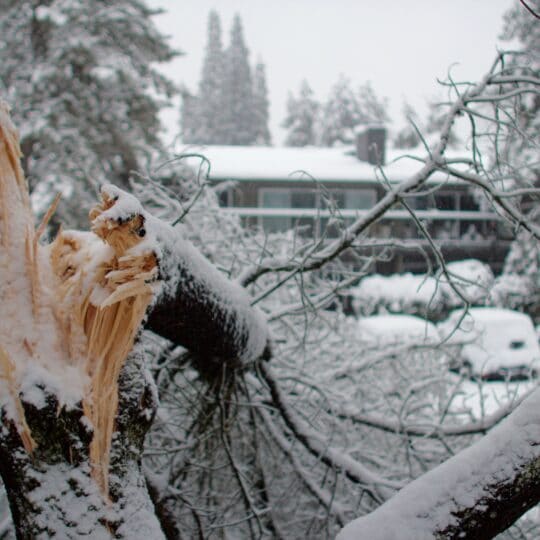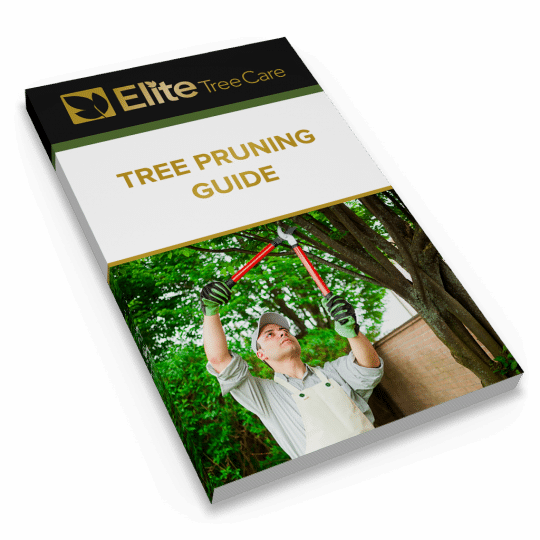Pruning Damaged Plants
Restoring Plant Health Post Winter
Posted
February 9, 2023

Between the snow, ice, wind, and bitter cold, winter is tough on plants. Even the strongest trees can break a limb or two. Sometimes you won’t be able to tell the extent of the damage to your trees and plants until the spring. This is when damaged buds won’t bloom or when the leaves show signs of distress. Learn how to prune damaged plants and when’s the best time to begin.
When to Prune Damaged Plants
When it comes to pruning, there’s a right and wrong way and time to help restore your plant’s health. You can always prune dead, diseased, or broken branches—as long as you can reach them from the ground. Any major pruning and shaping should happen in the winter when the plant is dormant. But if you wait until early spring, the plant is more likely to show you signs of distress if it’s damaged.
While some trees and shrubs may start to bloom early during a warm winter, a cold snap can damage these buds. If they don’t bloom by spring, chances are they’re not going to and they can be removed. You don’t want to remove more than a third of the entire plant. If it looks like this is needed, wait until next spring to finish pruning.
Proper Pruning Technique
If you’re waiting until spring to break out the pruners, you could be making more work for yourself. Now’s a good time to evaluate your pruning tools and make sure they’re ready for the season. Clean off the blades and sharpen them for cleaner cuts. Cutting with a dull blade can tear the limb and open it up for disease.
Cut the branches at an angle to help water runoff away from the wound. The size and location of the branch will determine the right tool to use. If you can’t reach a branch while standing firm on the ground, your best bet is to call a professional pruning company for expert assistance.
Any thick branches that can’t be cut with regular pruners have a three-cut process for removal. The first cut is under the branch to take some of the weight off. The second cut is over the branch to balance it out. The final cut should remove the branch cleanly and completely.
Treating Winter Damage
Depending on the damage, you may not have to cut the branch at all. A small split in a limb can be healed with a tree sling or wire support. Weakened main branches can be reinforced with certain cable and bracing techniques. If the tree is well taken care of, it may also be strong enough to heal itself with continued care.
With the right watering, pruning, and fertilizing schedule throughout the year, you can help strengthen your tree so it’s less likely to suffer long-term damage. Enlist the help of certified arborists at Elite Tree Care to help get your trees on a healthy track.

Download Your FREE Tree Pruning Guide
Learn how, when, and how much to trim or prune your trees to maximize their health and beauty. This guide covers the factors that go into tree trimming (pruning) and will help you make a more informed decision about hiring a professional tree service.